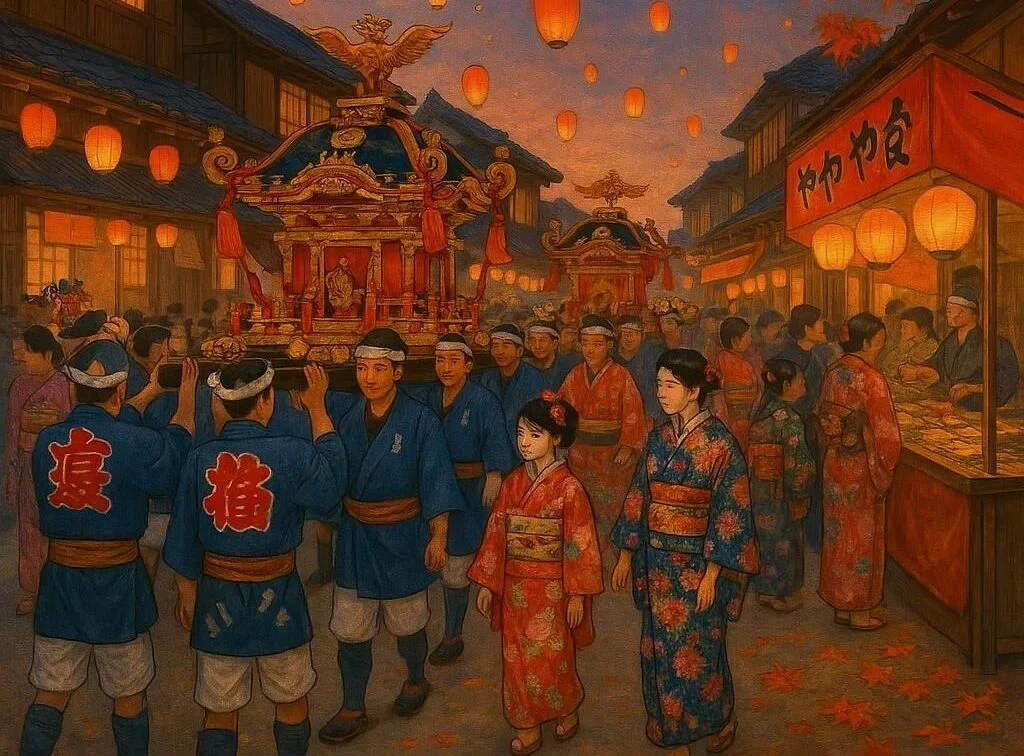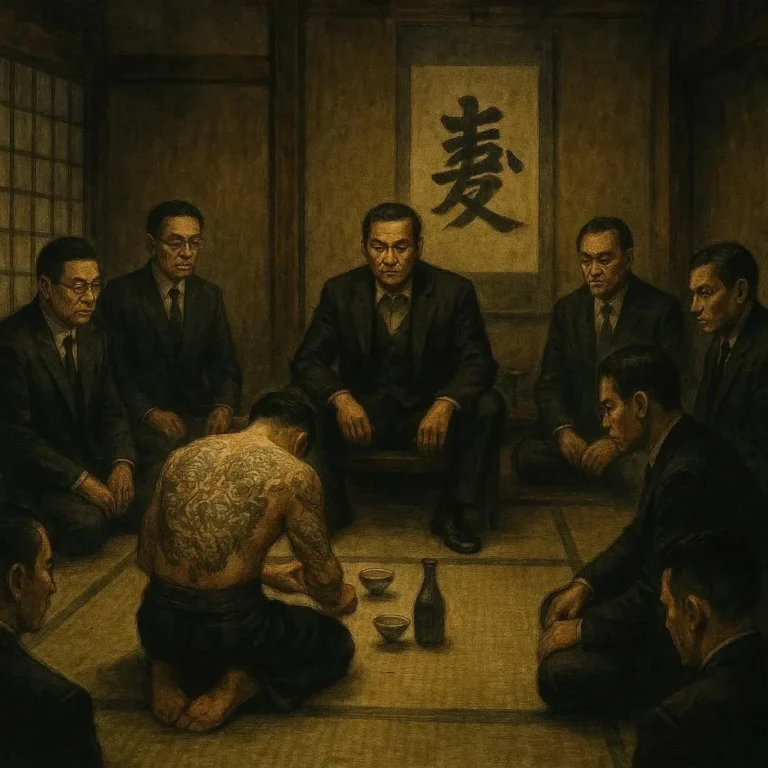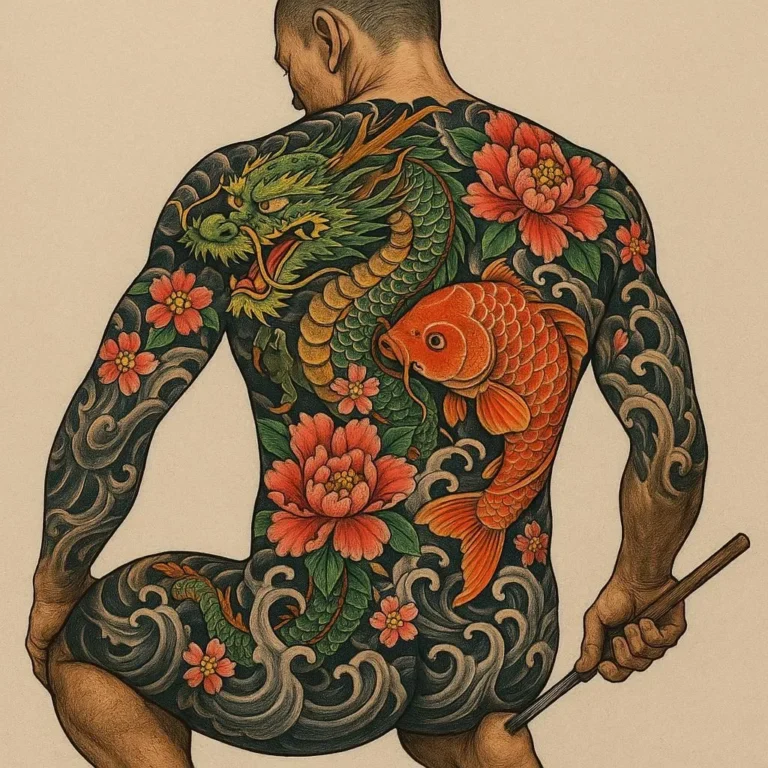511 views Japan’s Seasonal Festivals and Their Ancient Origins
Japan’s landscape and its people share a timeless rhythm, marked by the changing seasons and the festivals that honor them. From the first tentative buds of cherry blossoms in spring to the sparkling snow festivals of winter, each celebration is steeped in centuries of tradition. While most Japanese nationals celebrate these events as joyful community gatherings, a deeper dive reveals a tapestry woven with Shinto beliefs, agrarian calendars, mythic stories, and the reverence for nature that has endured across dynasties.
1. Spring – A Season of Rebirth
Hanami (花見) – The Cherry Blossom Spectacle
The spring “Hanami” (flower viewing) is arguably Japan’s most beloved festival. Historically, the tradition started as a court pastime during the Heian period, when the imperial court members watched the delicate pink blossoms of Sakura trees. Over the centuries, the practice spread across social classes and evolved into the communal picnics under blooming cherry trees that we see today. The ancient origin lies in a Shinto belief that the fleeting beauty of cherry blossoms symbolizes the transient nature of life. As autumn’s leaves turn gold, the contrast heightens the appreciation of cherry blossoms’ short-lived splendor.
Hinamatsuri (雛祭り) – The Doll Festival (Girls’ Day)
While not a seasonal weather‑event by itself, Hinamatsuri (March 3) is intrinsically linked to spring’s warming climate. Beginning in the 16th century, it celebrated the flourishing of young women. The festival’s earliest origin can be traced to the Shinto practice of viewing the hina dolls—statues representing court life—to pray for children’s prosperity. Modern Hinamatsuri also serves as a cultural reminder of Japan’s deep connection to the natural cycle and the role of women in preserving tradition.
2. Summer – Heat, Harvest, and Spiritual Honor
Obon (お盆) – The Festival of Ancestors
Obon, traditionally held in mid‑August, marks a pivotal summer holiday where the spirits of ancestors are believed to return. Rooted in Buddhist and Shinto syncretism, Obon’s origins trace back to the Jōdo sect in the 13th‑century. Over time, highly regional “bon” rituals evolved into communities gathering for the delicate Bon Odori dances and pre‑Obon prayers. Its celebration in the warm summer underscores a reverence for lineage and natural cycles, reminding people that life is continuous and intergenerational.
Gion Matsuri (祇園祭) – Kyoto’s Largest Summer Festival
Held in July, Gion Matsuri exemplifies Kyoto’s Buddhist heritage and the region’s strong agricultural ties. Initiated in the early 9th century as a Dorodaka (to ward off fires) ritual, the festival’s processional floats (yatai) bear symbolic Deityly faces. The festival’s origin story evokes Shinto lore: it began as a random spread of ritual garlands for Gion‑Hyōge—the guardian deity of Kyoto—deemed necessary for the city’s survival. This enduring celebration showcases the intersection of religion and quotidian life in Japanese seasonal culture.
Tanabata (七夕) – Star‑Fate Festival
On July 7, the Tanabata festival celebrates the meeting of the lovers, Orihime and Hikoboshi, under the Andromeda star. This myth, borrowed from Chinese Qixi tales around the 10th century, garnered a Shinto twist in Japan. Takara (treasure) festivals erected bamboo stalls to wish for bright futures. Essentially, Tanabata underlines the ancient tradition of wishing upon celestial bodies and is a perfect illustration of how imported myths were adapted within Japan’s seasonal framework.
3. Autumn – Transition, Gratitude, and Harvest
Moon‑Viewing (月見) – Monshiri (モンス) – Autumn Harvest
The autumn moon party, or Monshiri (もんしり), has earned its place in Japanese folklore as a poetic period of gratitude. Once a Shinto tradition of praising the moon’s reflection on harvested rice fields, the ritual attracted rustic lilt. Fast forward to modern times, and attendees lounge on mats, sipping sake and nibbling mochi while admiring the moon’s reflection over a sea of golden foliage. This practice showcases the medieval heritage of collectivism, when farmers gathered to applaud the harvest in an act that blended reverence for both the celestial and earthly realms.
Koyo (紅葉) – Autumn Leaves Festival
As the trees turn vibrant scarlet and gold, the Koyo festival attracts nature lovers who regularly reunite. The celebration makes its first appearance in the Kamakura era, a period of untested artistic expression. Taira poets monologuing over the bonsai’s color became the symbol of a new sense of reverence for Japan’s translational spirits. While these festivities are sometimes converted into Kōyō‑yū photography tournaments, the ancient origin remains deeply tied to Shinto reverence for the changing world.
4. Winter – Snow, Lights, and New Beginnings
Sapporo Snow Festival (さっぽろ雪まつり) – White’s Harmony
The worldwide-famous Sapporo Snow Festival, held in February, is the world’s largest snow and ice festival. It began in 1950, when a small Naito ricecooker melt‑down was interpreted as a call for a recreation of the energy spirit. The festival’s mandate, “snow is the most perfect of nature’s gifts,” emphasizes Shinto and Buddhist beliefs in harmony between human and nature. The skillful mastery of snow sculptures continues to celebrate the atomic nature of Kyoto’s aesthetic philosophy.
New Year (正月) – Tanoshimi and Roshigatsu
Japan’s New Year celebration, known as Shogatsu, incorporates a constellation of rituals that date back to the Nara period. The Koshitsui practice—coating the houses with charcoal smoke, and the Joya no Kane ritual—each hold Shinto connections that embrace nature’s cycle. In addition to new traditions like Daruma climbing to symbolise health, the ancient origin speaks to the belief that the new year is a fresh chapter carved by the forces of the sky and the earth.
5. The Intertwining of Shinto, Agriculture, and Myth
A common theme courses through every festival: nature’s black‑and‑white rhythm, the overflow of harvest, the lunar phases, and the wind that moves the world. The Shinto “Kami” were believed to control rain, winds, and the growth of the rice crop. In the Japanese‑shrine chronicles, Sakamoto‑kuni and Kashima each outline a constant relationship through a series of portents. Over the years, the Japanese turned these imperatives into dynamic visual ceremonies, a practice intertwined with folklore. The key line at the heart of this ancient tradition is that the entire earth—its mountains, seas, crops, and ghosts—needs human cooperation.
6. Modern Celebration: Preserving Tradition, Embracing Change
Despite rapid industrialization and the digital age, Japan’s seasonal festivals have continuously adapted, allowing the population to preserve cultural heritage while embracing modern needs. Modern festivals often integrate new themes—like alien technologies—yet remain aware of their origins. Scholars thus study modern festivals, noting how the Rokudai san-jun‑ni (six‑days‑three‑nine) strategy connects contemporary society with the ancient 12‑season Kankon calendar.
Conclusion
From Hanami to New Year, each seasonal festival in Japan is a thread in a grand, living loom. The tradition’s ancient origins—rooted in Shinto rituals, agrarian calendars, ancestral reverence, and mythic storytelling—continue to illuminate the collective identity of the Japanese people. Spring’s sakura, summer’s bon dances, autumn’s moonlit shimmer, and winter’s frost‑kissed sculptures all serve as living reminders that despite time’s march, the Japanese remain ever-anchored to the rhythms of nature.






